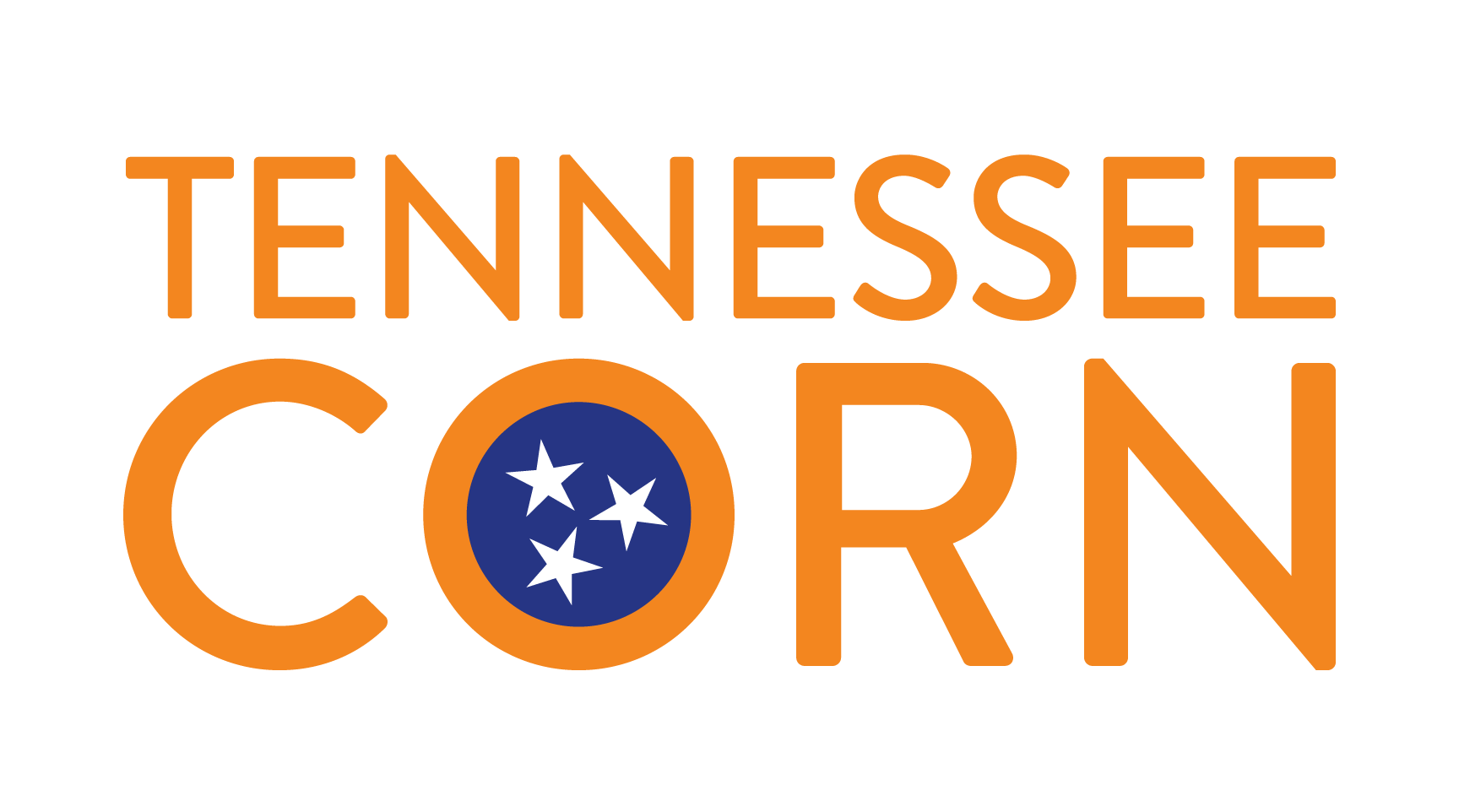Corn Congress Recap: Trade, Climate and Technology Among Policy Priorities
Farmer leaders from across the country met in New Orleans, Louisiana last week to discuss policy priorities during the National Corn Growers Association’s (NCGA) Corn Congress. John Townsend, President of the Tennessee Corn Growers Association, and Carol Reed, Executive Director for the Tennessee Corn Council were in attendance to represent Tennessee Corn farmers.
Normally the summer Corn Congress is held in the District of Columbia to allow farmer leaders to meet members of Congress and their staff. This year, pandemic restrictions prevented growers from traveling to Capitol Hill. Nonetheless, state delegates representing the member states of NCGA convened to discuss trade and several climate-related priorities.
NCGA President John Linder told Brownfield Ag News that farmers passed resolutions on trade, intellectual property rights, and the use of the Argonne National Laboratory’s Greenhouse gases, Regulated Emissions, and Energy use in Technologies (GREET) model.
“We had a policy consideration that passed to continue efforts of an effective Phase One Trade Agreement but not be limited to the realization of the goals within but also pursue expansions,” said Linder. “We’re always looking for those opportunities to bring that stability to the farmgate and trade is a huge part of that.”
Also discussed was a resolution recognizing intellectual property rights. “Intellectual Property is always going to be near and dear to us,” said Linder. “We need to support the kinds of things that protect agriculture’s IP because technology innovations in the industry have helped make agriculture and corn production so efficient. We don’t want anything that causes anyone to have to inappropriately disclose the traits behind it. It’s important to keep our competitive advantage with our technologies.”
In support of the requirement that the EPA uses the GREET model, Linder said, “The farmer’s carbon score coupled with the manufacturing of ethanol and the distribution of its co-products comes in as a Carbon Intensity score and so when we want to look at that fairly, we need a well-accepted model and the GREET model fits. We need to adopt that across the entire transportation sector so each energy sector gets measured by the same scale so we can level the playing field and put on display the distinct attributes corn ethanol provides in a brighter future today and going forward.”
Other priorities included: finding a durable solution to allow continued market access and expansion for proven low carbon fuel in E15, supporting a study of the commercial phosphate fertilizer industry, as well as policies that bring transparency to the carbon market. Corn farmers are also closely watching the Waters of the U.S. rule, crop insurance, and tax policy.
